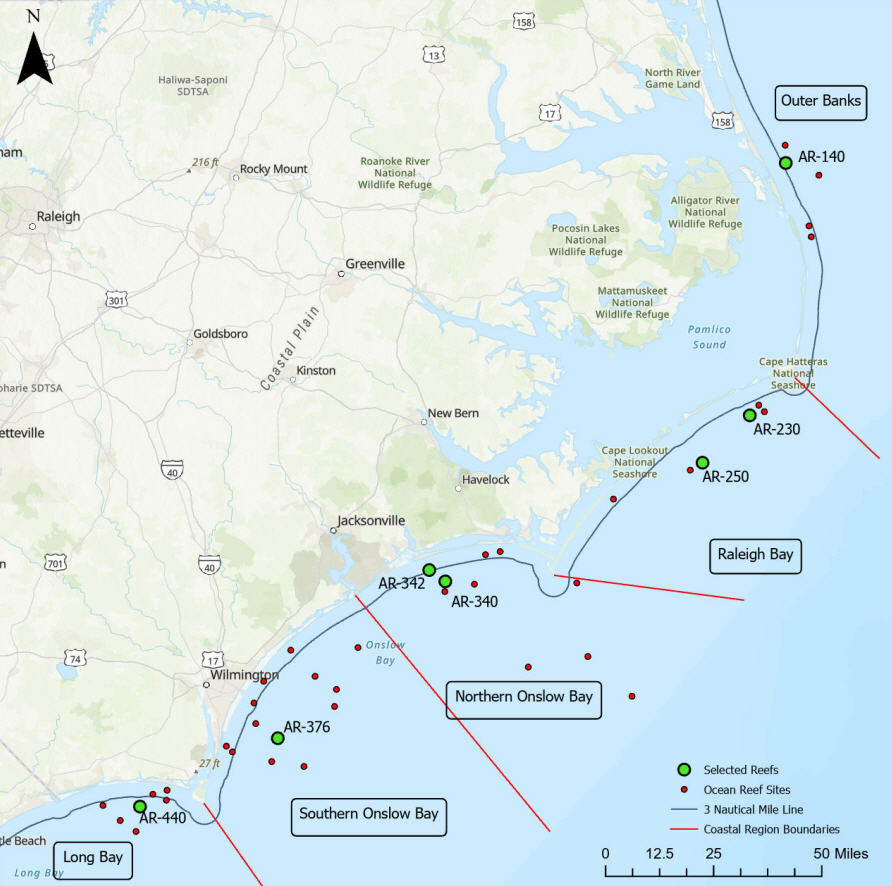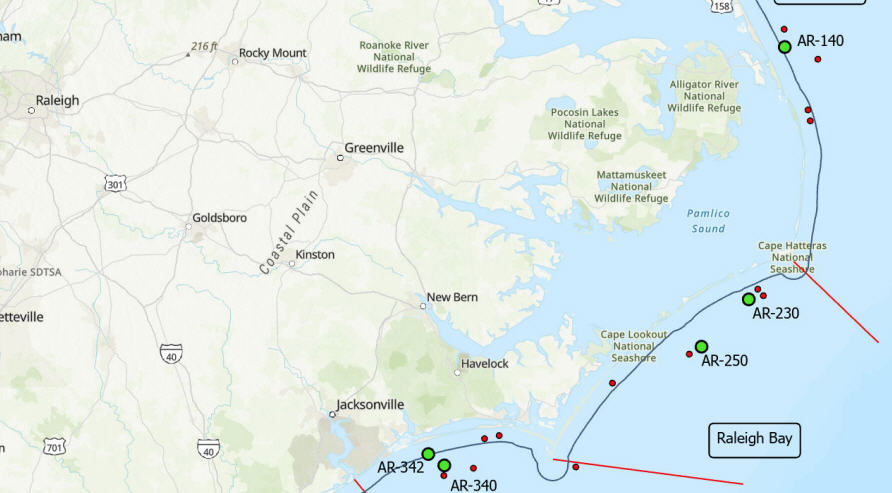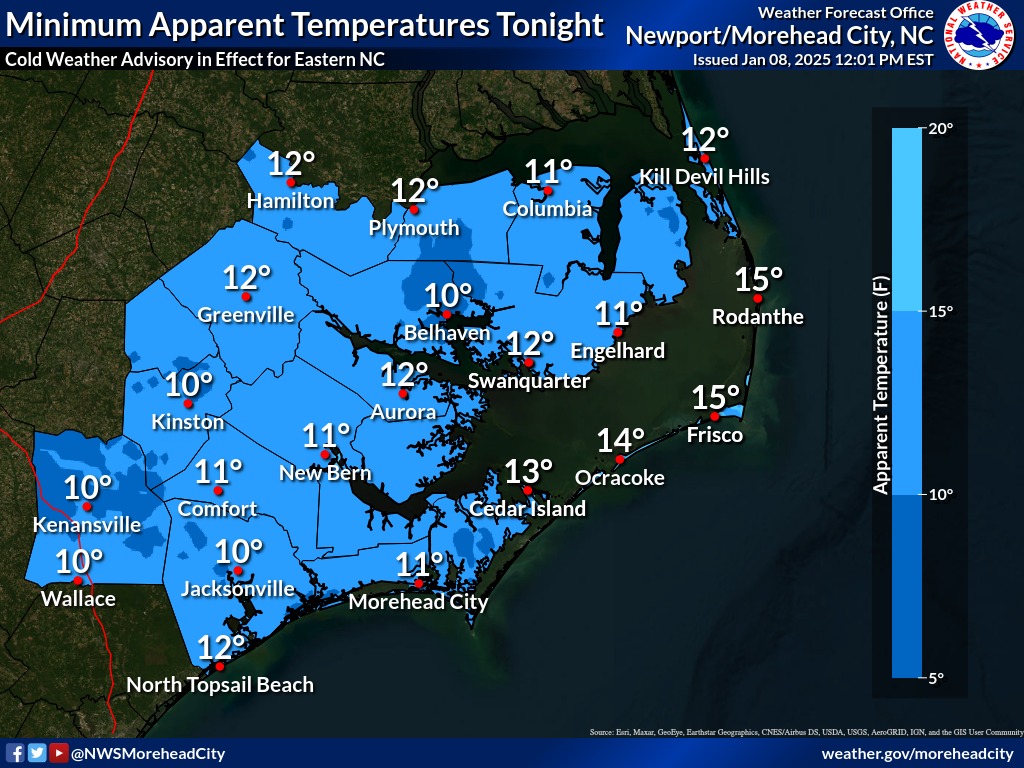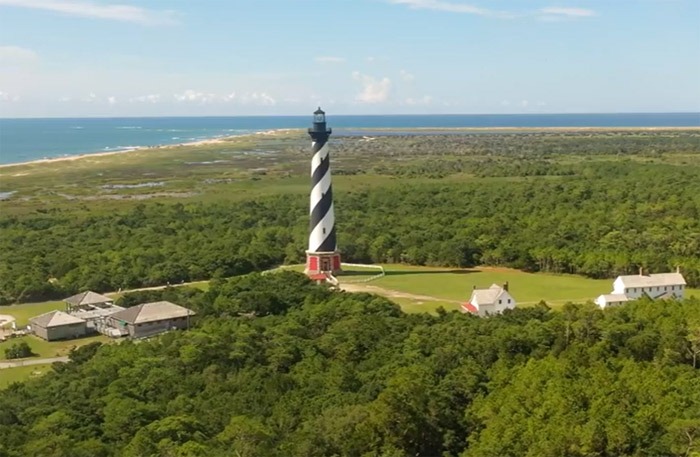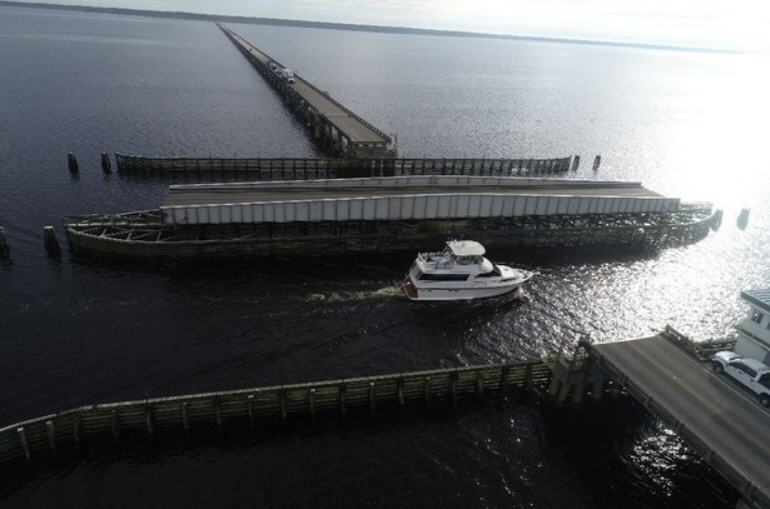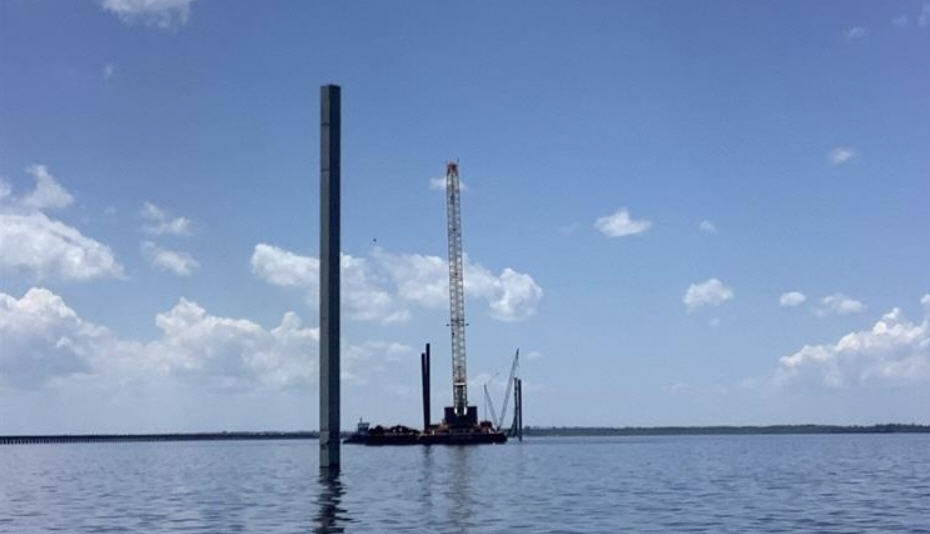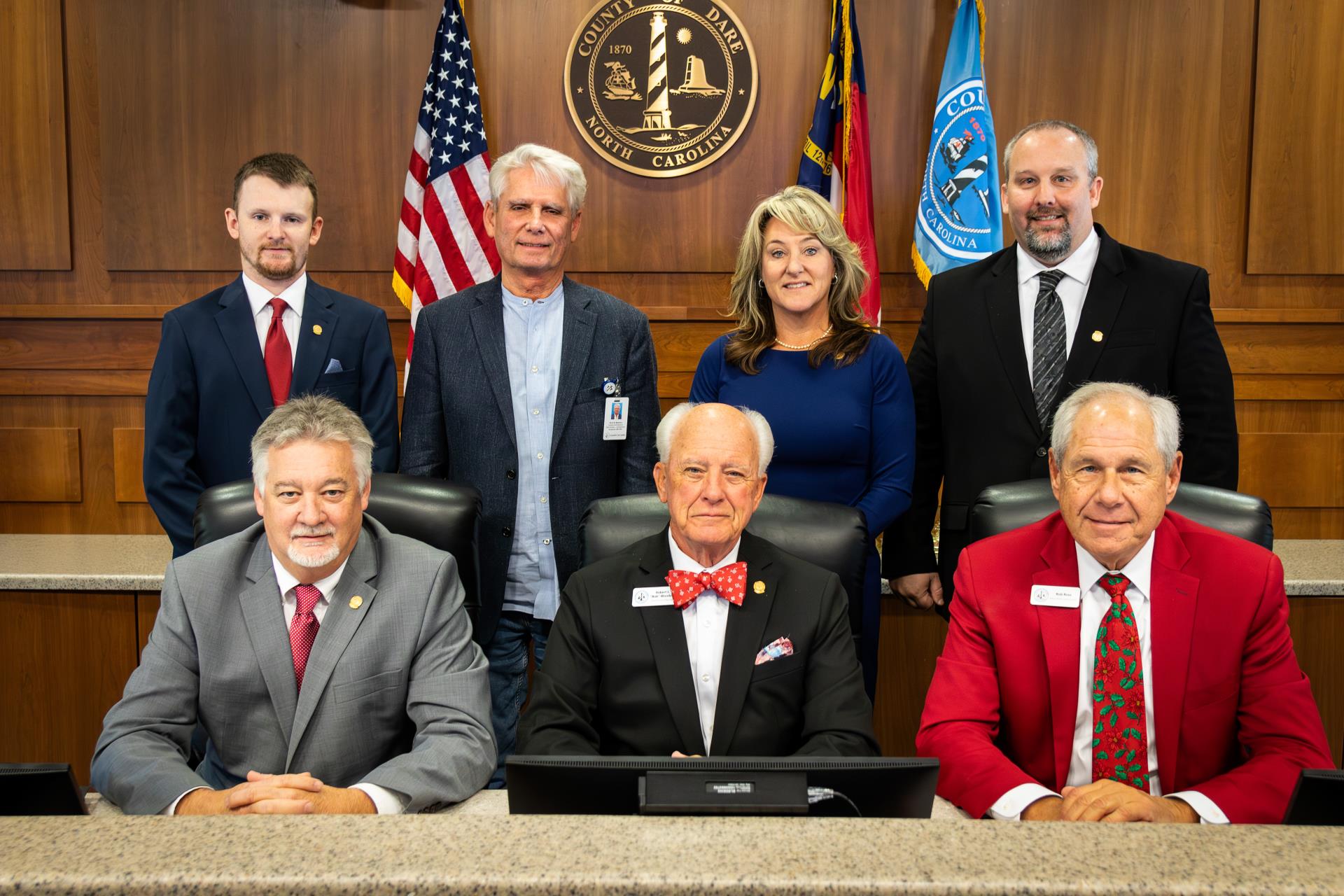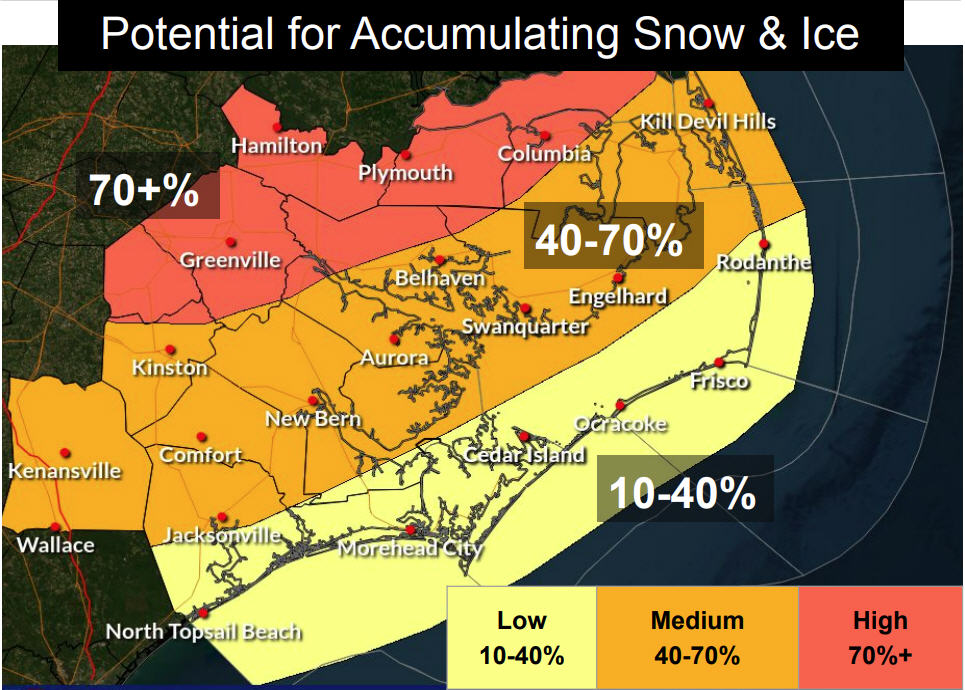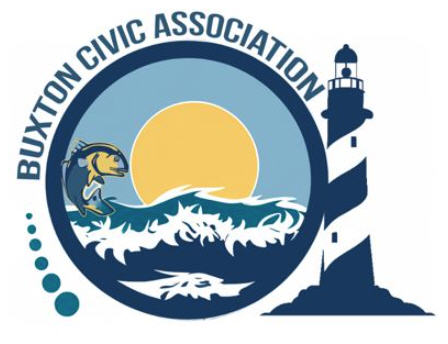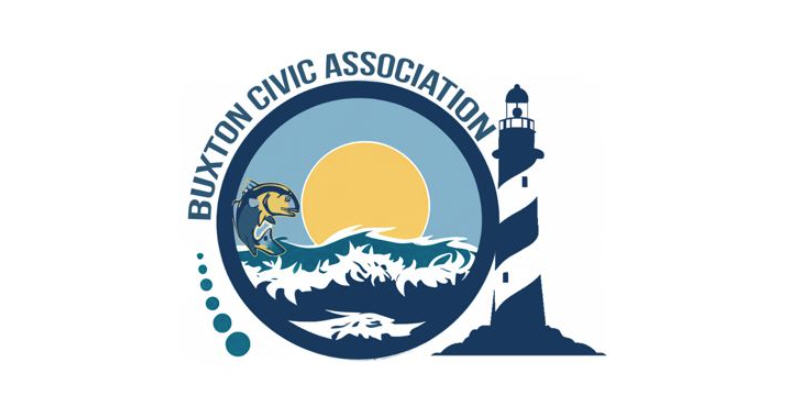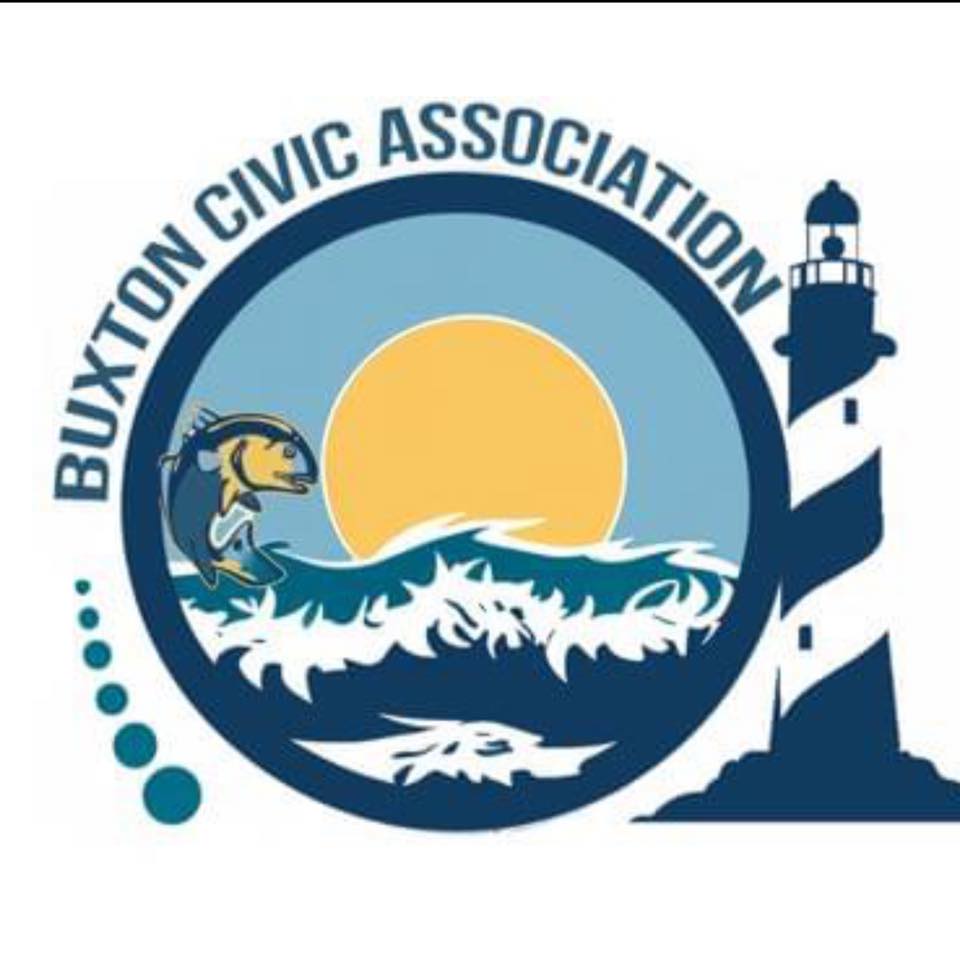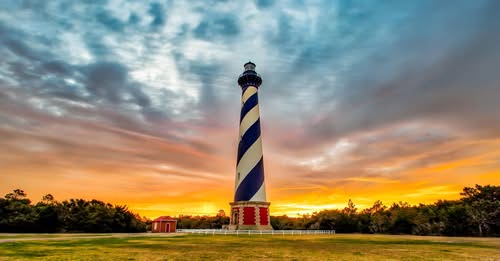Hatteras Coast Guardsmen spent countless hours aiding hurricane victims BY ANNE BOWERS
Hatteras Coast Guardsmen spent countless hours aiding hurricane victims
BY ANNE BOWERS
BY ANNE BOWERS
BY ANNE BOWERS
United States Coast Guard Station Hatteras Inlet demonstrated incredible commitment to the communities of Hatteras Island following the devastation left behind by Hurricane Irene on August 27, 2011.
Thirty-two men and women volunteered tirelessly to help the villages of Avon, Rodanthe, Waves, and Salvo clean up from this destructive storm that destroyed countless homes and businesses, leaving many locals homeless and without work.
In the first week following the hurricane, these community-minded individuals still maintained station operations by logging 60 hours on the water, which included re-entry patrol, channel cleanup, and verified condition of aids to navigation, while volunteering 280 verifiable hours in just one village helping the station’s friends and neighbors.
The men and women did dirty and nasty cleanup work in four villages because they wanted to help, not because they were ordered to.
“They stepped up when the need was there,” stated Kenny Brite, captain of the Avon Volunteer Fire Department.
Station Hatteras sustained little damage from the hurricane, and it only took a couple of days to get the station back into workable order, even with a partial crew. Many were still off island because of the mandatory hurricane evacuation orders or were away in school.
With his station in order, Executive Petty Officer (XPO) Arnold Head felt the need to help the communities to the north where the effects of Hurricane Irene decimated countless structures. He contacted the Avon Volunteer Fire Department to find out how Station Hatteras could be of help.
“He (Kenny Brite) told me that they didn’t need any help and everything was under control,” said Head. “Knowing how proud and self-reliant the locals are, a few of us decided to just go up there and not give people the choice of turning down our help. We just started going house to house.”
Chief Head’s assumption was correct. They needed all the help they could get.
The first group of volunteers from Station Hatteras consisted of four people, and they went to the northern villages of Waves, Rodanthe, and Salvo where they checked in with the local fire department. As per Chief Head, they were told that the villages were okay but the massive destruction was evident.
According to the XPO, “The local pride was really strong here but we were there to help.” The four jumped in and just started working. At first, it was simple stuff like helping to move a boat or putting a Jet Ski back onto its trailer.
On the second day, there were eight volunteers from Station Hatteras. Chief Head decided to spend the day assisting the people of Avon, which appeared to have less help cleaning up than the other areas.
“There was a lot of water in Avon, even though the destruction wasn’t as violent as it was in Rodanthe, Waves, and Salvo,” said the XPO.
“We were taking requests,” said Kenny Brite. Avon residents would come to the fire department asking for help. In turn, the fire department would send in a firefighter first to facilitate the Coast Guard volunteer team.
“They were so willing to help everyone that they just couldn’t say ‘no’ to any job,” said Brite. “We needed to make sure that they were safe. They didn’t need to go into an untreated mold and mildew situation.”
Brite said the fire department confirmed that the Coast Guard team helped at 53 houses but knew it was many more than that. They would drive around and stop to help anybody who was working, even if it was just carrying ruined furniture to the street as trash or pulling out wet carpet.
“Sometimes, we would just clear a path through debris to get to the house,” said 3rd Class Petty Officer Adam Preiser, who continued to volunteer in the recovery effort away from the Coast Guard. “Sometimes we would strip an entire house, do chainsaw work, and pull wet insulation – every recovery thing we could.”
Avon resident Pete Groom says he typically likes “to do things myself.” A friend put his name on the list for help at the fire department. According to Groom, the lower level of his elevated home was a small storage area that needed to be gutted because of the amount of floodwater that was in it.
“It would have taken me days to do it,” said Groom, “but they got it done in 20-30 minutes.”
Shirley Votaw, also an Avon resident, had six feet of water under her house. She was in a bind because the damage was not actually inside her residence. The underside of the raised house was still dripping water days after the floodwaters receded. The underpinning and insulation had to be torn out to prevent a mold outbreak. This type of damage was not covered by her insurance company or by FEMA because it was outside the living area.
Shirley said she put her name on the list at the Avon VFD and the very next day, eight young men from the Coast Guard were at her house.
“They did a whiz-bang job and wouldn’t even take any refreshments while they were there,” said Votaw. “They did all the work and carried everything to the road. I was very pleased. They did it all in an hour and a half.”
Preiser does recall taking a treat from Salvo resident Trisha Fort, who lost an apple tree in her yard but more significantly had 250 feet of dock in her yard and in her storage floor. She picked the apples from the fallen tree and put them into the refrigerator to chill before offering them as snacks to the Coast Guard volunteers.
Some days, the Station Hatteras volunteers split their time between Avon and the three northern villages where they reported to Salvo’s Fire Chief, Jimmy Hooper, who had personally lost his home and was living at the fire house at the time with his wife, Jenny.
“They would report to us,” said Hooper. “‘Here we are – where do you need us?’ They were always ready to help. Many people here are homeless and shell-shocked.”
Jenny Hooper acted as dispatch and sent the volunteers where there was work to do.
“It gave us a sense of achievement,” said Preiser. “Some of us felt guilty going home and sleeping in beds at the end of the day.”
The work was tiring, and most teams worked 10-hour shifts for the community when they were off-duty. Their youth, physical conditioning, and can-do attitude made light work of an overwhelming situation that faced the island villages.
After a couple of weeks when entry restrictions were lifted and people started returning to island, Coast Guard duties called the crew back to work with law enforcement, preventing illegal entries, and preparation for approaching Hurricane Katia, which finally passed east of the U.S. Coast but impacted local waters with heavy ocean swell.
However, many continued to volunteer in the storm ravaged villages of Hatteras in their spare time.
“They have done a great job for the community,” said Pete Groom. “They would help anybody or do anything.”
To Petty Officer Preiser, “It was tiring work, but we’re used to more. Sometimes we are out on the water 10-15 hours in rough seas. The majority of us joined the Coast Guard to help people in distress.”
“Such a tremendous asset to us all,” offered Kenny Brite. “They stepped up when there was no one there. They were heavy movers and lifters. Every house they touched, they saved.”
“We didn’t have a prayer without them,” added Shirley Votaw.
“They did an excellent job,” according to Jimmy Hooper. “They didn’t mind getting their hands dirty.”
This contingent of Coast Guard men and women made up 72 percent of Station Hatteras. They performed their duties for their station and their community with no personal time off.
“They made me proud,” said Chief Head. “The work was overwhelming and they did it with enthusiasm. I know how tired I was, and they did way more than I did. It was extraordinary to see that.”
In the weeks following the cleanup effort on the island, the Hatteras Island’s Coast Guard Auxiliary Flotilla 16-04 spearheaded a request for commendation for volunteers.
According to Staff Officer Arthur Hammond-Tooke, “It is being processed at the moment. We don’t know when it will happen because it has to go along channels from the very bottom to the very top. But, I can tell you that it is being actively pursued.”
Also known as America’s volunteer lifesavers, the auxiliary exists to support a local Coast Guard unit. They provide additional manpower and can be put on missions.
Volunteer Rooster from Hurricane Irene clean up
BMCS Christopher Wright
BMC Arnold Head
BMC Steven Lord
BM1 John Harrington
BM1 Frank Palisano
BM1 Tod Midgett
MK1 Robin Garland
BM2 Clinton Trice
BM2 Joshua Whiting
BM2 Jackson Buck
MK2 Ryan Rossi
MK2 Kevin Peffer
MK2 Matt Husler
SK2 Joshua Brown
BM3 Adam Preiser
BM3 Andrew Waumett
BM3 Steven Haughton
BM3 Antonio Garcia
BM3 Kenneth Minnes
MK3 Johnny Walker
MK3 Wesley Vann
MK3 Steven Adams
SN John Kiely
SN Katherine Webb
SN Trung Khuu
SN Daniel Jones
SN Eric Graebe
SN Shawn Loving
FN Kyle Camaoire
FN Bryan Freeman
FN Michael Surch
FN Ryan Craig
Subject
Name
(required, will not be published)
(required, will not be published)
City :
State :
Your Comments:
May be posted on the Letters to the Editor page at the discretion of the editor.
May be posted on the Letters to the Editor page at the discretion of the editor.
May be posted on the Letters to the Editor page at the discretion of the editor.
May be posted on the Letters to the Editor page at the discretion of the editor.






